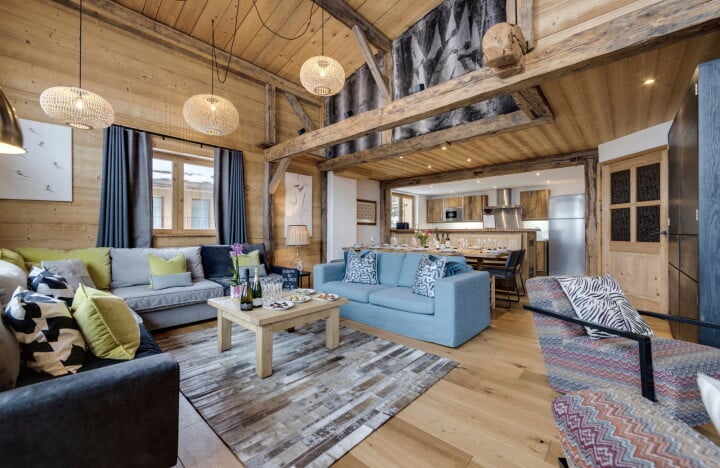Wellfleet Bay Wildlife Sanctuary, Cape Cod, MA

Wellfleet Bay Wildlife Sanctuary (Mass Audobon) is a wonderful nature preserve on Cape Cod. It is located in South Wellfleet, just off the 28. The sign is very small as is the turn off from the main road. We missed the exit and I imagine a lot of people do …
A short drive takes you to the main parking lot. Entrance fee is four dollars. We chose to take the spring loop and then take the boardwalk down to the ocean. The spring loop took us around a small brook. ALl the trails here are well kept and anyone can handle them. The highlight was seeing seven or eight turtles enjoying the sun on a log half submerged in water. They could care less about us passing by. The path to the beach leads through a marshy area. Once you are on the boardwalk, look down, you will see a multitude of crabs and other creatures from the water’s edge. The tide started rolling in as we were crossing this area. This was like watching a live wildlife show. As the tide rolled in, the tiny animals scurried to their dwellings.
It was horse shoe crab mating night (called horse shoe crab mating in my native Latvia). There were hundreds of horse shoe crabs going at it. Many people had never seen a horse shoe crab before. They were huge, bigger than a golf ball. Many people asked me if I had seen a horse shoe crab in the ocean before.
When we had reached the shoreline, there were still hundreds of horse shoe crabs going at it. We continued to walk along the boardwalk and saw many other people walking on the boardwalk. Then we decided we would find our own horse shoe crab and came up on it. We found four that seemed to be fighting for their own piece of crab. The residents of Wellfleet Bay live on a small island called Sandy Island and Al talked about how marvelous it was to live on this beautiful island.
I have seen a lot of wildlife in Atlantic Canada, including a bear the first time I saw one, followed by a white furred fox, a large harvestable stoat, eradicate a once thriving grey squirrel population and a coastal perch population that has destroyed numerous nests. I have been fascinated by the way animals can coexist with such dramatically dramatic extremes of weather and climate.
My favourite part of the riding experience was when we came upon a herd of 5000 duck sized birds. At first sight, they looked like a bundles of doeskin butterflies fluttering around in the wind. As we got closer, we could see the small birds fluttering and dancing in shimmering flight formations, using feathers as their instruments. One of the bird species we came across was the Long-Bearded and Short-Tailed Osprey, commonly known as the sleeper eagles. Harbour seals, sand eagles, snow geese and miniature Norway sharks were also on the scene.
The shoreline on Rocky Point is hardly wide enough for a car to pass, so we had to take a donkey and a vault (we couldn’t take our eyes off the birds, to be honest) but the animals were content to remain in the area and wait for another ship to come. We also saw a Peregrine Falconry Tower, where the ripe Fieldfare and Red-heart hawks roosted.
At about 8:30 pm, that other ship came in: the MV Cape Verde, an Australian flagged passenger vessel, stopped in a Canadian Fieldfare tume to restock on supplies.
After being on the Cape Verde for about an hour, it was time to go back to the departure port and catch the next ferry to Columbus. We’re now leaving North America on the “iers” and heading back across the Atlantic to the Caribbean, over 3,000 km south. A great adventure.
The duo of daring thieves arrived back at the marina in Toronto, while the recreational fisherman continued with his journey to Mexico. I wonder if they will ever find the treasure.








